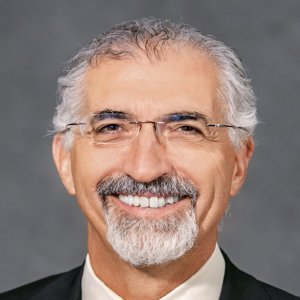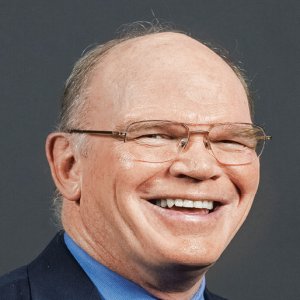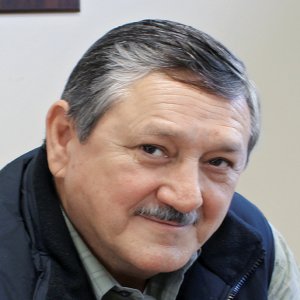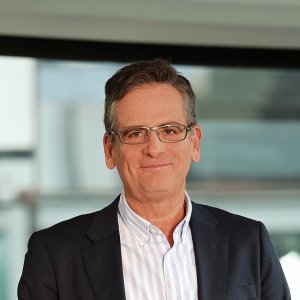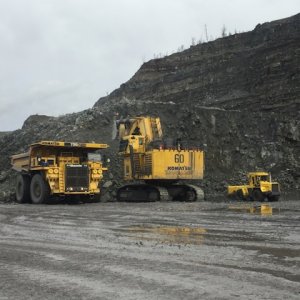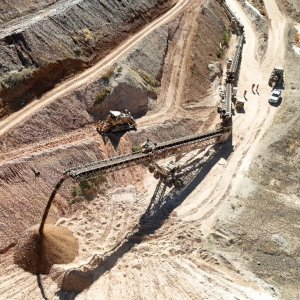Industry Trends for Operator

STORY INLINE POST
Q: What part does Mexico play in your portfolio and why is it an attractive destination for Coeur Mining?
A: We have two projects in Mexico, one that is currently operating and one that is not. Palmarejo, the project that is currently operational, is our largest mine on a global scale, and this makes Mexico a strategically important location for us. The country is attractive due to a number of factors, including favorable logistics in terms of its proximity to the US. The amount of mineral potential that exists in Mexico makes it a truly attractive country, and when considering the long history of mining it had to develop a wellestablished set of laws with reasonable permitting, and quality human talent. All of these factors as a combination make the country an extremely attractive jurisdiction but it does have its challenges.
Q: To what extent do you see opportunities for Coeur Mining in self-generation?
A: We are on the grid at Palmarejo as a customer of CFE. We have full generator backups that we use intermittently. In terms of power generation, we have a project called La Preciosa in Durango that we bought in 2013 at a much higher silver price environment. This is on hold at the moment since it is not financially viable to run this project at a silver price of US$16.
Q: How have the drop in commodity prices, the depreciation of the peso, and the Mexican mining royalty affected Coeur Mining’s operations?
A: We run five operations, and Mexico is the only one in which we see any benefit, especially given the weakening of the peso. Last year, we ran our budget at an exchange rate of MX$12.5 to the dollar, and the savings this generated equated to around US$10 million. Unlike a lot of companies that have several operations in Mexico we have only one. Even though it is sizeable the peso devaluation constituted a considerable tailwind for us. We have also seen our costs per kWh of power reduced due to increased competition from US$0.115 down to US$0.08, and that had significant impact. Additionally, we burn a tremendous amount of diesel, and the cost per gallon is now down from over US$3 to less than US$2. In mining, there are ups and downs all along the cost structure, and although the peso devaluation has certainly helped us, it has been offset by some other factors.
Q: How is Coeur Mining striking a balance between optimizing costs and retaining high quality employees?
A: Two factors that we have prioritized are increased focus on grade and on scale, as both will drag the unit cost down and offset some of the price erosion we have seen. Approximately 95 percent of the money we spend on exploration is channeled to the areas around our existing mines where we know we already have reserves, Meaning the odds of finding more ore are greater. Moreover, the payback is a lot faster because the staff, infrastructure, and processes are already in place so we extremely focused on programs that find higher grade. We have been successful in this endeavor both in our mine in Alaska and our Palmarejo mine. At our Nevada mine, we have almost doubled mining, crushing, and placement rates. With larger trucks, greater crushing capacity, and more efficient planning the costs per ounce have dropped from US$25 to US$11. This can all be attributed to scaling up mining rates and volumes, driving down unit costs, and becoming a more efficiently run company.
In terms of the effect of our cutbacks on human capital, these savings are taken from our corporate office. Our general and administrative (G&A) costs have gone down from US$55 million in 2013 to US$34 million in 2015, a saving of 45 percent, and that is generated by a reduction in head count and a less profound reliance on third parties. It is a delicate balance between identifying which skills are less necessary in a declining price environment that may have been needed in a different scenario. However, if too many cuts are made the company becomes exposed to certain risks that would have been mitigated with these capabilities. I always warn our investors not to wish for continuous reductions in G&A because it could reach the point where we begin cutting down to the bone and exposing ourselves to the negative consequences. We are always mindful of ensuring we have just what we need and no more.
